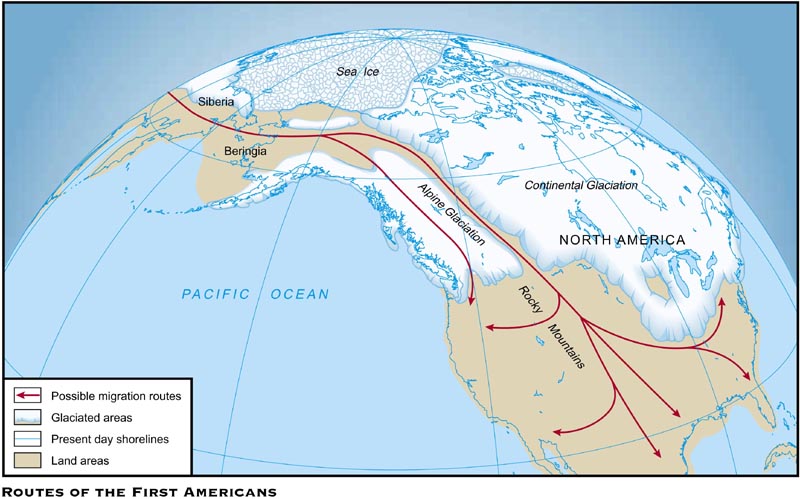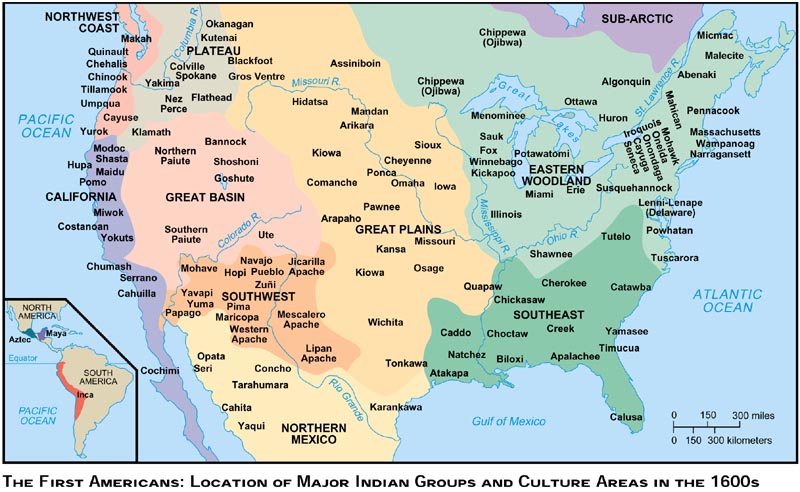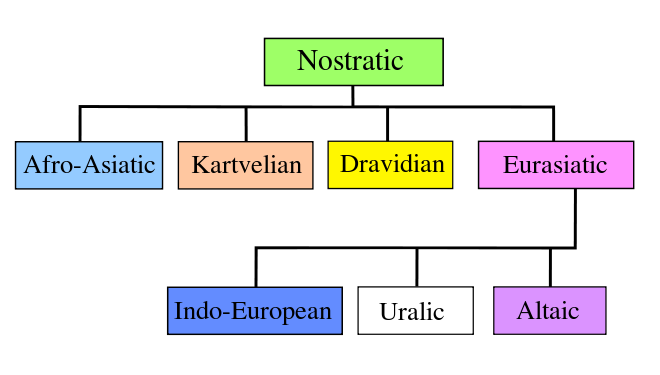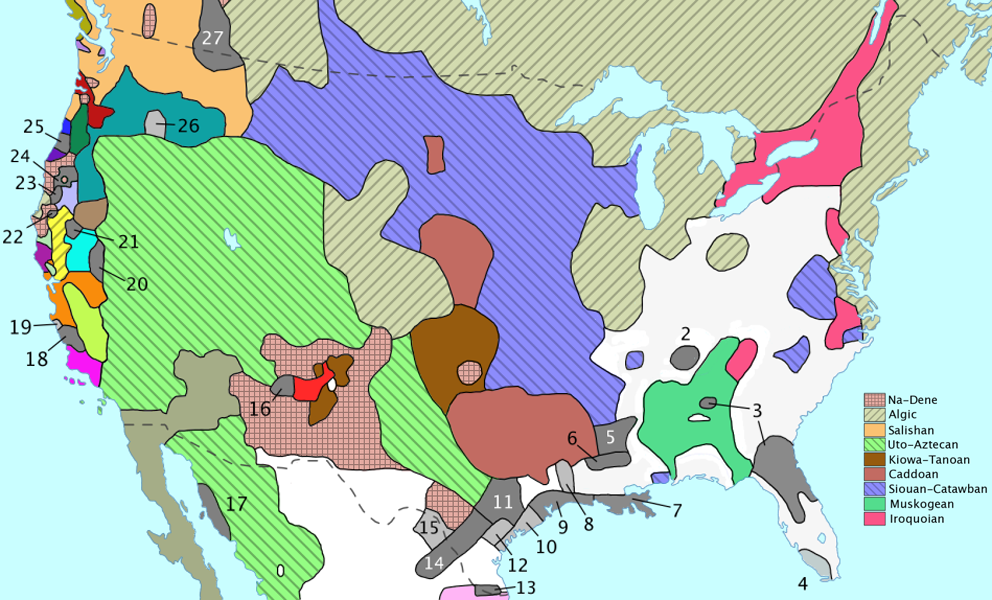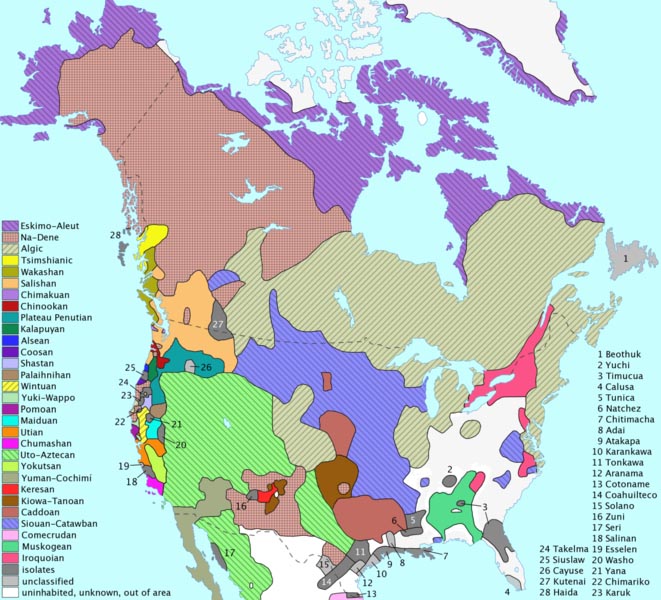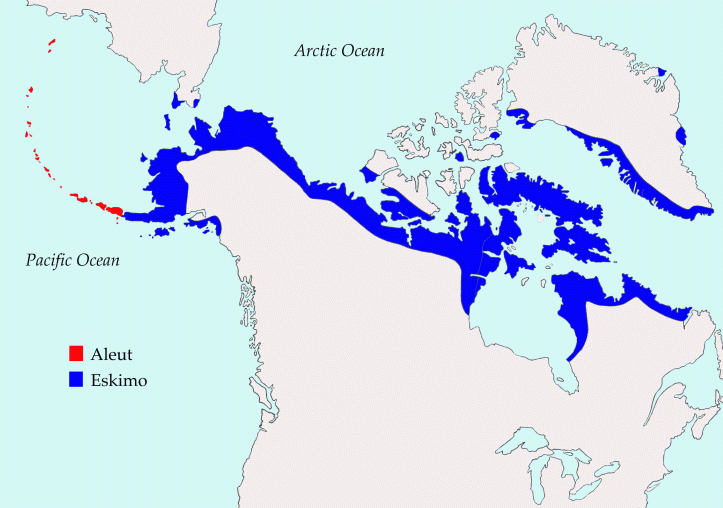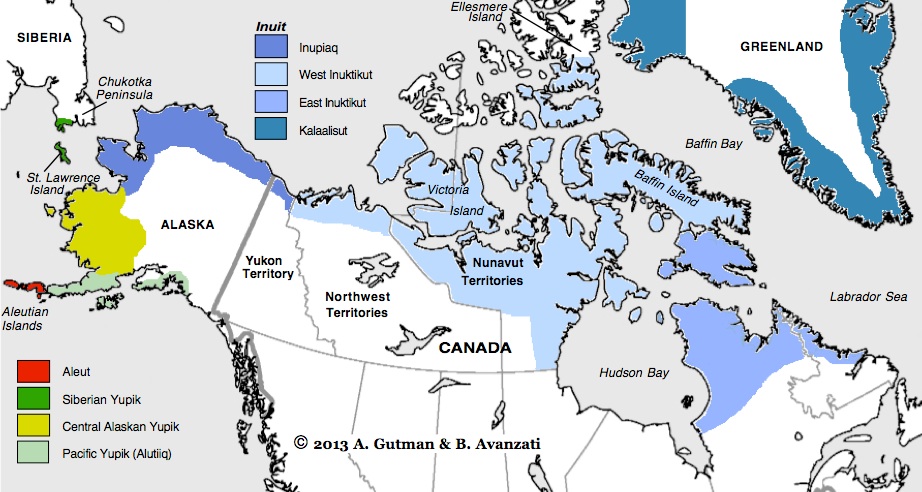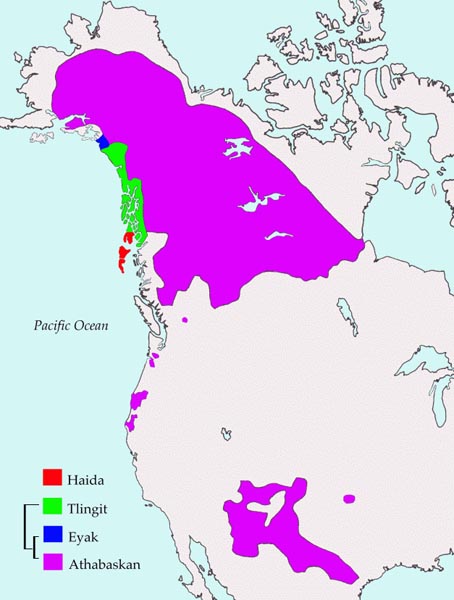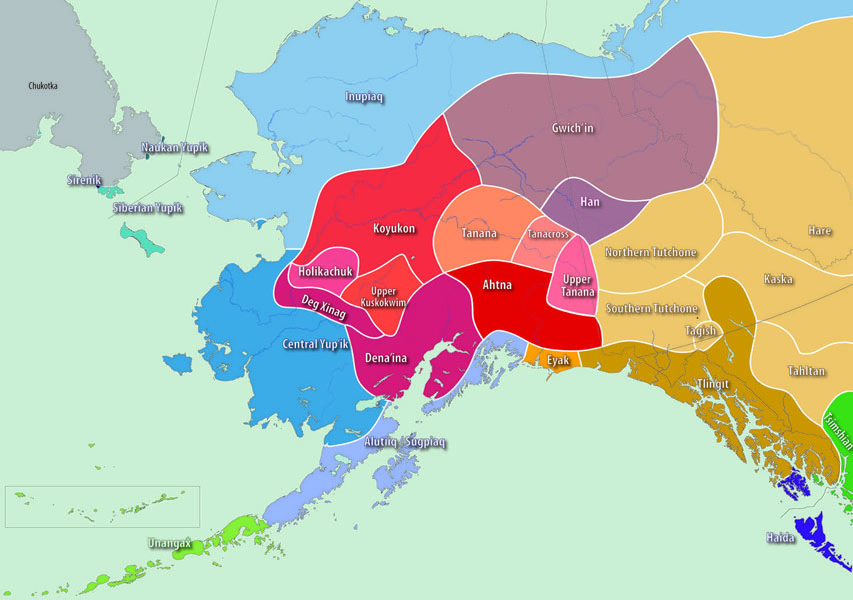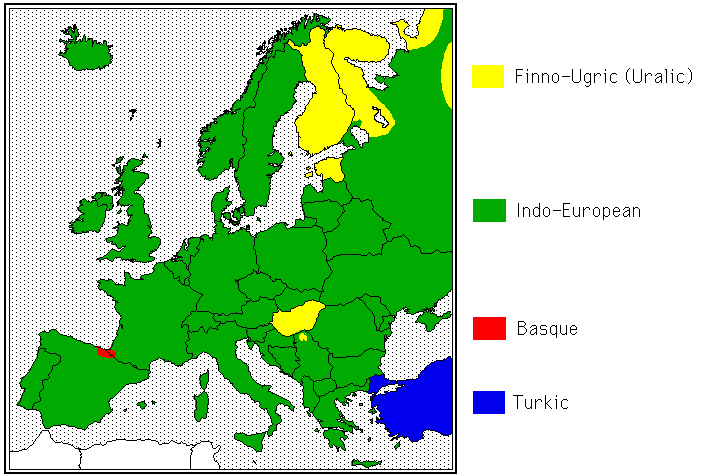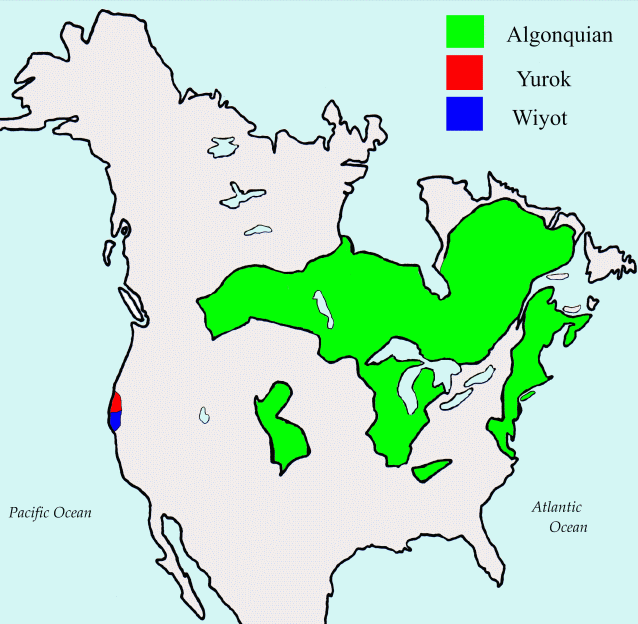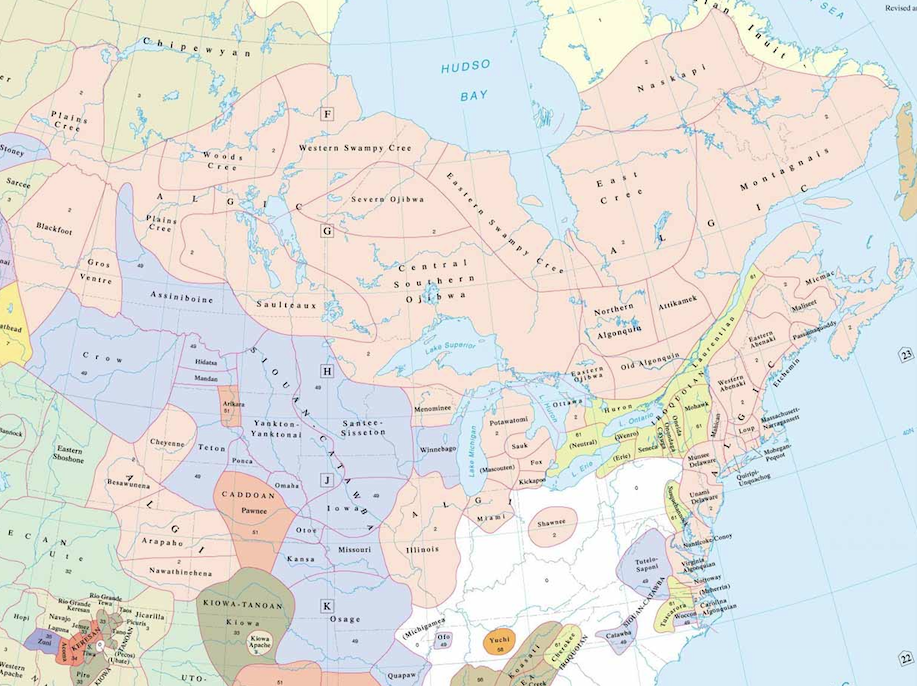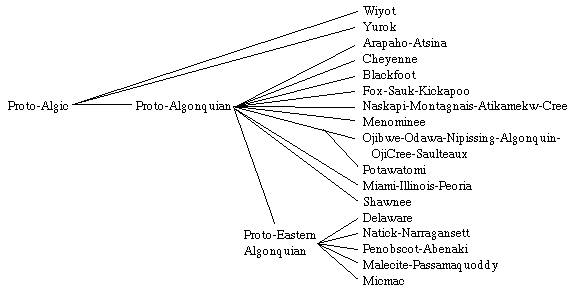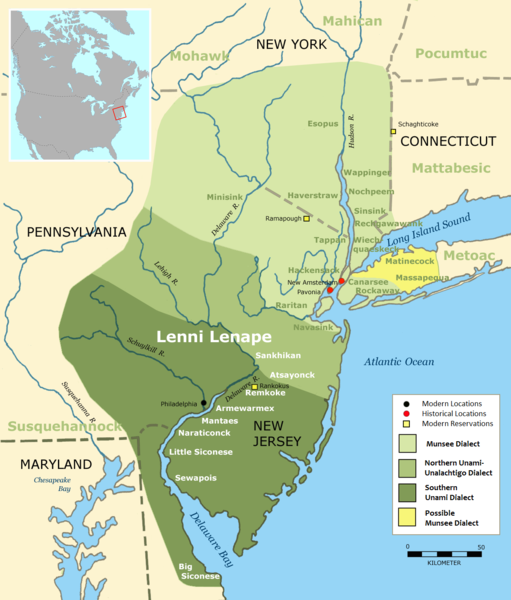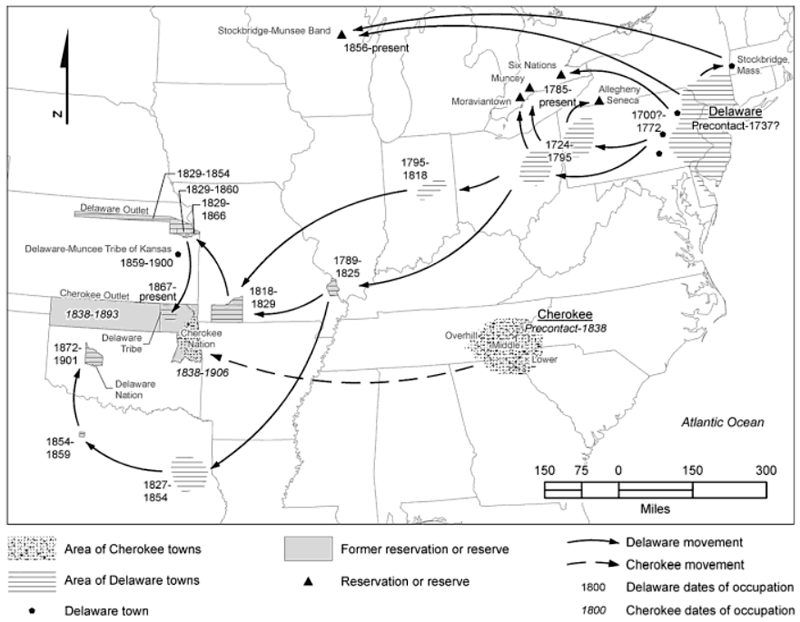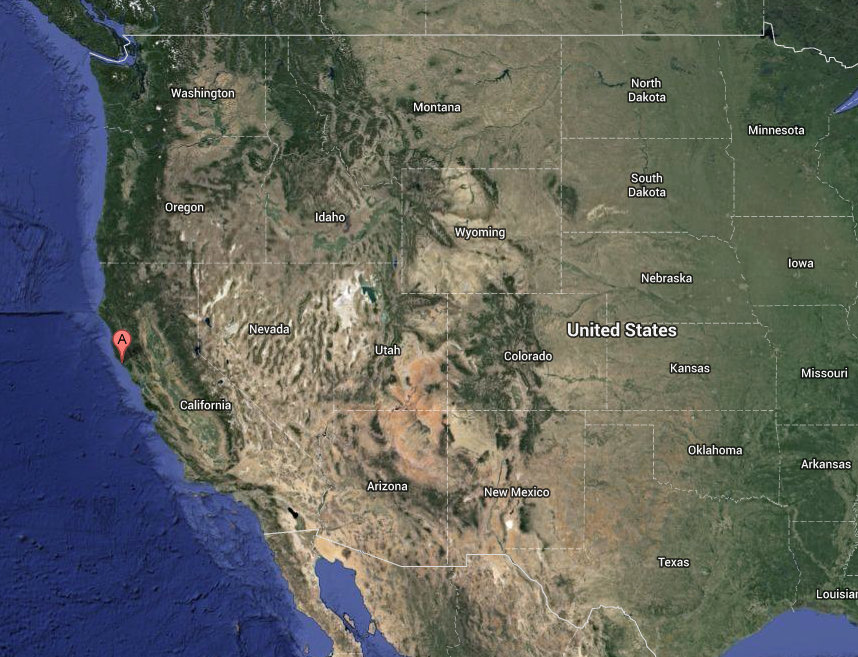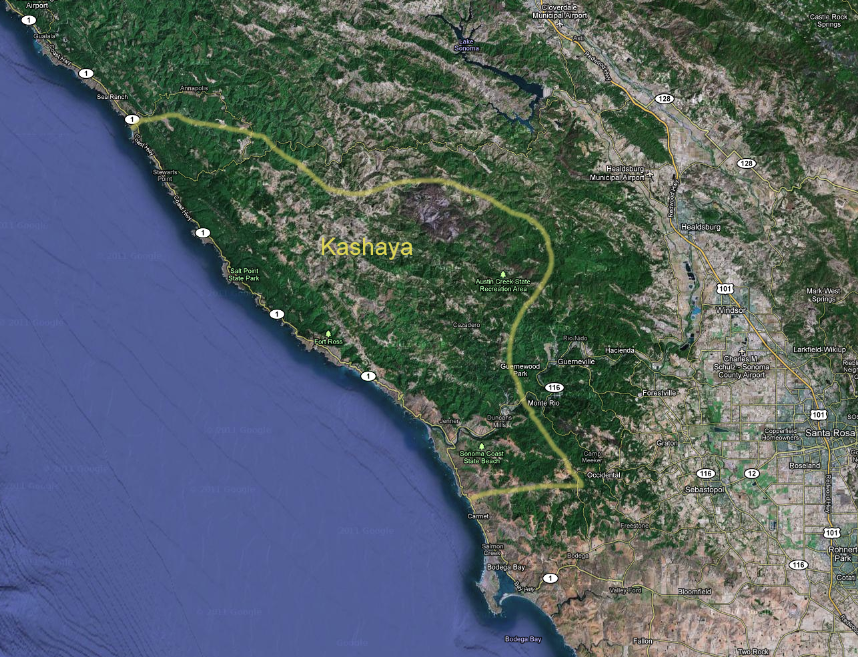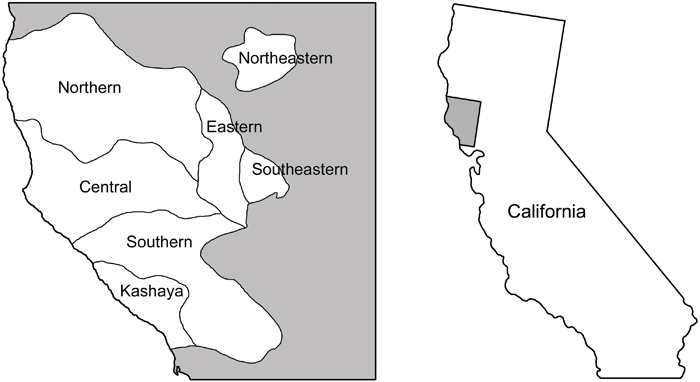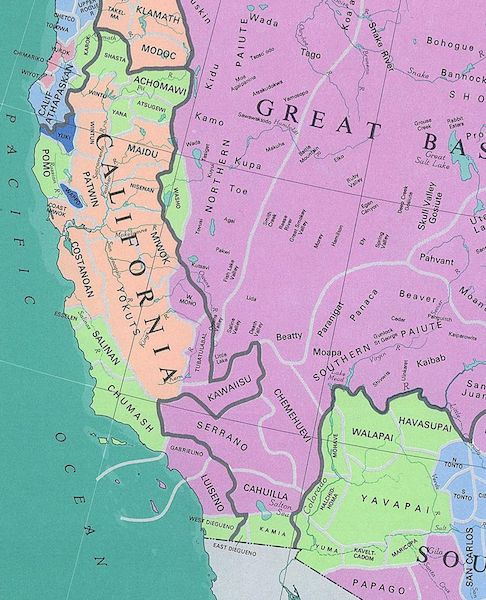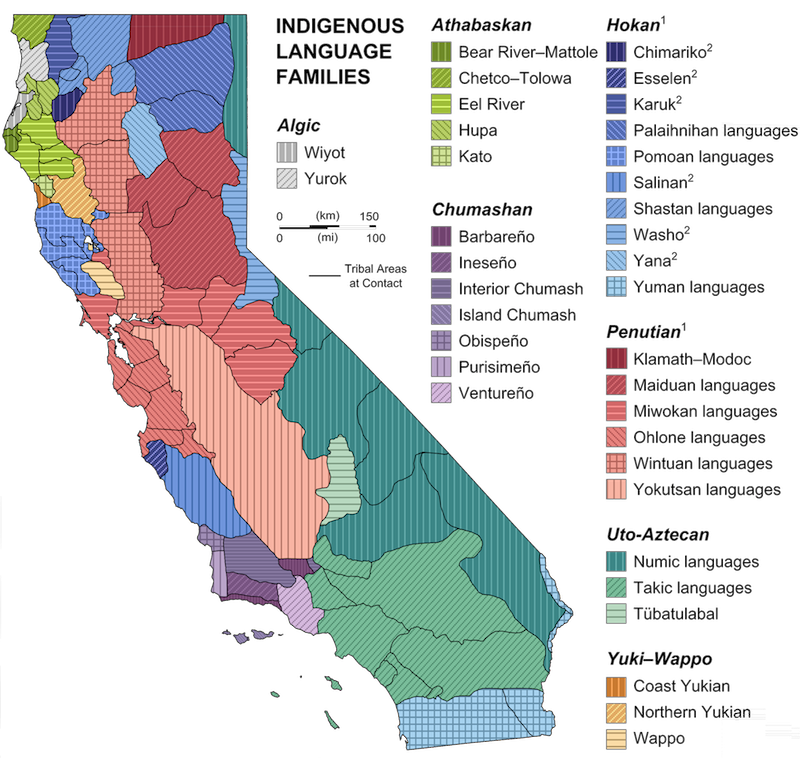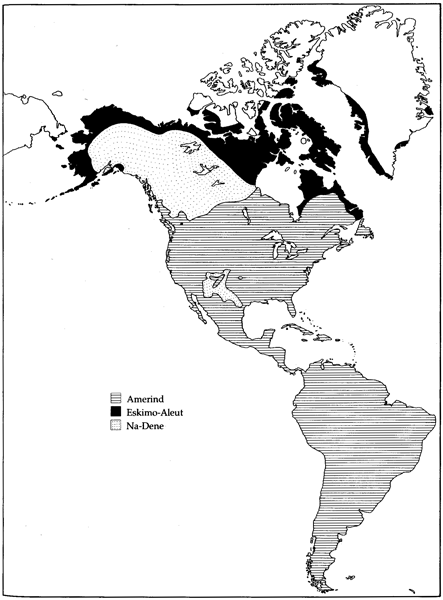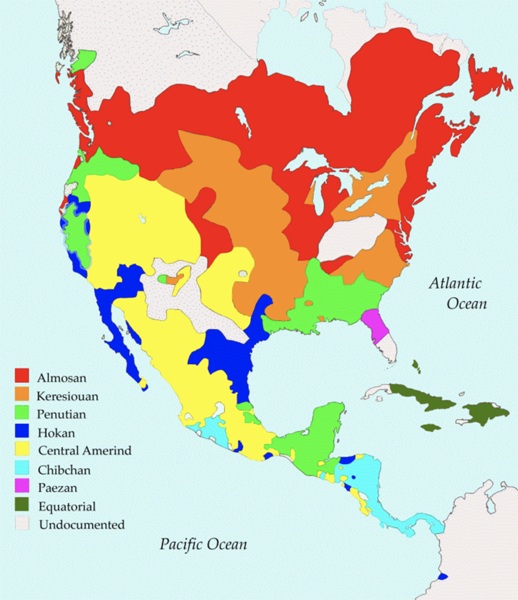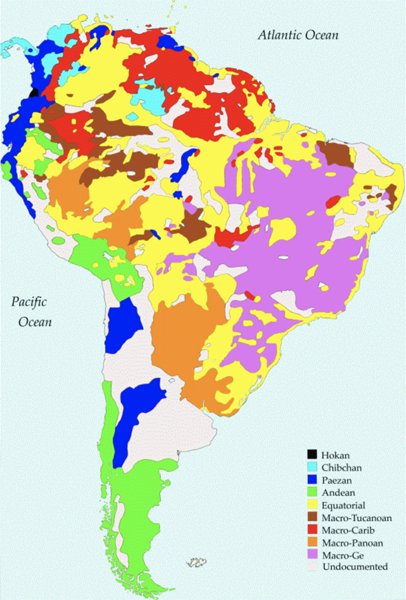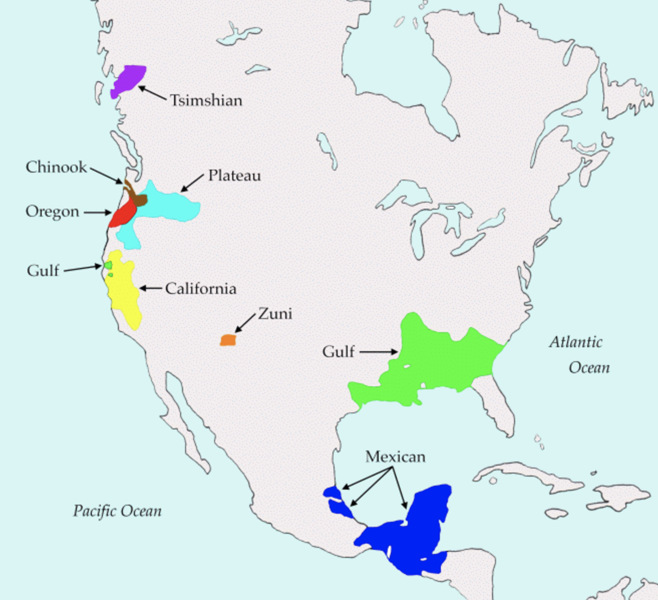|
The dialects within Kashaya are not very well attested, partly because they were not apparently very different to begin with, and perhaps partly because they had to some degree been minimized by consolidation of populations before in-depth linguistic study was conducted in the 20th century. Robert Oswalt, in his 1961 dissertation on Kashaya, describes the difference as "less than that between the English of New York and Chicago."
One difference involves the form of a "switch reference" suffix used in certain subordinate clauses. It takes the form /pʰi/ or /čʰi/ in standard Kashaya (depending on the preceding consonant), but is /hi/ in the northern dialect.
| šibátʰpʰi |
|
standard Kashaya |
"after moving (your body)" |
| šibátʰhi |
|
Northern Kashaya |
For example, Essie Parrish, the main consultant for Oswalt, grew up using /hi/ in the northern part of Kashaya territory (inland from the modern town of Stewarts Point, close to the site of the rancheria, or small reservation); but she switched to the standard version later in life as she had more contact with speakers from other areas.
Another known difference is that the central coastal dialect at Fort Ross simplified a double /ll/ that results from adding the locative suffix /li/ to the object suffix /l/. For example, Herman James was an elderly speaker who learned the language from his grandmother, and she grew up at Fort Ross, so he did not use the doubled consonant; but his daughter Gladys grew up on the reservation and used the standard form.
| momúlyal-li |
|
standard Kashaya |
"where I saw (him) run around" |
| momúlyal-i |
|
Fort Ross |
The structure of this word is /mo/ "run", /mul/ "around", /ya/ visual evidential, /l/ object, /li/ locative. (Three ways to think about the Fort Ross form: the geminate /ll/ is reduced phonologically to /l/; the object suffix is omitted; or the locative takes the special form /i/ in this context.) |



